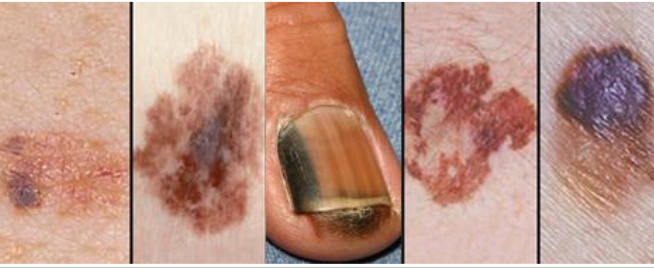
AW Dermtopathology Services is a full service dermatopathology laboratory. Our team of highly trained dermatopathologistshave over twenty years of combined experience. We stand by our commitment to quality, efficiency, and education–principles we believe are vital to excellent patient care. The laboratory provides cutting edge, comprehensive diagnostic services including histology, immunohistochemistry, direct immunofluorescence study, immunophenotypingstudy, ultrastructural study, and molecular diagnostics. All of our studies are completed in house at Tulane Medical school. Alun Wang, MD, PhD, is a board-certified dermatopathologist. Dr. Wang is an associate professor of Tulane Medical School. He has served as the leading dermatopathologist for the Louisiana Dermatological Society for over 16 years. Jeremy Atkinson, MD. is also a board-certified dermatopathologist, serving as Tulane Medical School faculty as well.

WHAT IS DERMATOPATHOLOGY?
Dermatopathology is a joint subspecialty of dermatology and pathology that focuses on the study of cutaneous diseases at a microscopic and molecular level. When in doubt, a skin biopsy is taken to be examined under the microscope or are subject to other molecular tests. That process reveals the histology of the disease and results in a specific diagnostic interpretation. In some cases, additional specialized testing needs to be performed on biopsies, including immunofluorescence, immunohistochemistry, electron microscopy, flow cytometry, and molecular-pathologic analysis. More than 1500 different disorders of the skin exist, including cutaneous eruptions ("rashes") and neoplasms including pre-cancers, such as actinic keratosis; cancers, such as basal cell carcinoma, squamous cell carcinoma, and most dangerously, malignant melanoma; and benign tumors. Examples of non-cancerous conditions include vitiligo, impetigo, purpura, pruritus, spider veins, warts, moles, oral or genital herpes, chancre sores of syphilis, exposure to poison ivy and similar plants or other venom sources, rashes, cysts, abscesses, corns, and dermabrasions or cases dealing with wrinkles, peeling skin, or autoimmune attacks on the skin. So, dermatopathologists could help in understanding the nature of the diseases and their proper management.
- One person dies of melanoma every hour.
- In the past decade (2008–2018) the number of new melanoma cases diagnosed annually has increased by over 50 percent.
- An estimated 178,560 cases of melanoma will be diagnosed in the U.S. in 2018. Of these, 87,290 cases will be in-situ, meaning confined to the epidermis (noninvasive), and 91,270 cases will be invasive, meaning penetrating into the skin's second layer (the dermis).
- An estimated 9,320 people will die of melanoma inthe U.S. in 2018.
- The vast majority of melanomas are caused by the exposure to ultraviolet (UV) radiation from the sun.
- The estimated five-year survival rate for patients whose melanoma is detected early is about 99 percent. The survival rate falls to 63 percent when the disease reaches the lymph nodes and 20 percent with distal metastasis.
- Only 20 to 30 percent of melanomas are found in existing moles, while 70 to 80 percent arise on apparently normal skin.
- On average, a person's risk for melanoma doubles if he or she has had more than five sunburns.
- Overall, one in 27 white men and one in 42 white women will develop melanoma in their lifetimes.

Skin Cancer Facts
- More than 5 million cases of skin cancer are treated in over 3.3 million people in the U.S yearly.
- More people are diagnosed with skin cancer each year in the U.S. than all other cancers combined.
- One in five Americans will develop skin cancer by the age of 70.
- Actinic keratosis is the most common precancer; it affects more than 58 million Americans.
- The annual cost of treating skin cancers in the U.S. is estimated at $8.1 billion: about $4.8 billion for nonmelanomaskin cancers.
- About 90 percent of skin cancers are associated with exposure to ultraviolet (UV) radiation from the sun.
- Basal cell carcinoma (BCC) is the most common form of skin cancer. An estimated 4.3 million cases of BCC are diagnosed in the U.S. each year,
- Squamous cell carcinoma (SCC) is the second most common form of skin cancer. More than 1 million cases of SCC are diagnosed in the U.S. each year, resulting in more than 15,000 deaths.
- Daily use of sunscreen could reduce the risk of developing skin cancer by about 40-50 percent.


